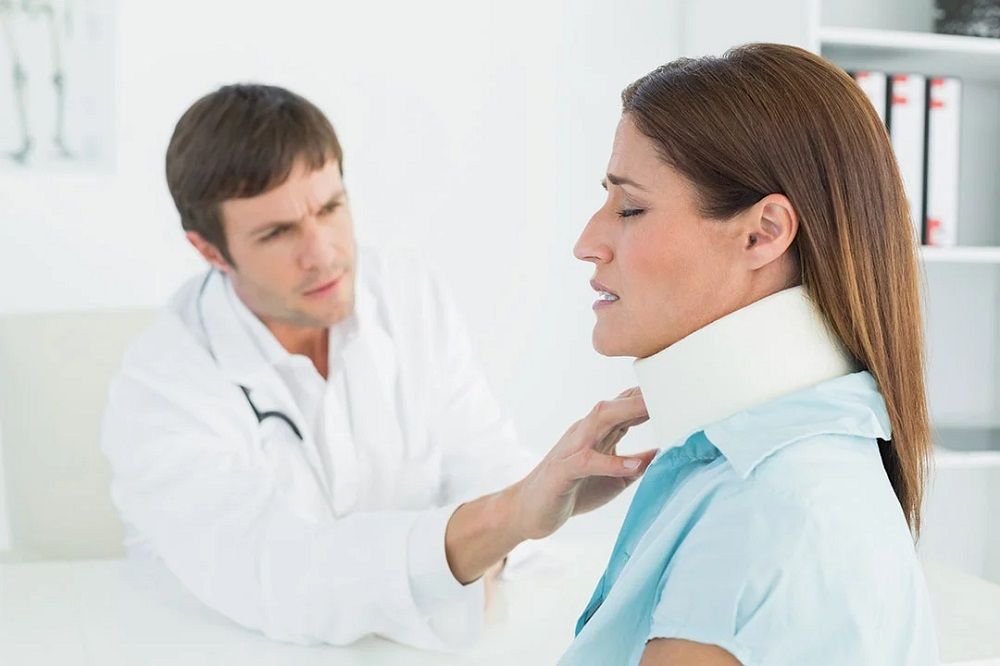Are you suffering from neck pain? Rest assured that it is the most common complaint by most people. The most common reason would be aging. It results due to degeneration of the cervical spine with age. It leads to arthritis in the body. In the event, you suffer from arthritis in the neck; you suffer from cervical spondylosis of neck arthritis. Despite the condition being non-threatening, you should keep track of cervical spine symptoms to avoid the condition.
Let us delve into the various causes and cervical spine symptoms (กระดูกสันหลัง ค ด อาการ, which is the term in Thai) that you should be aware of. The post would also cover a few vital treatments offered to relieve you of your medical condition.
The Causes
Degeneration occurs with age. It hampers the intervertebral discs located between the spinal discs. It results in loss of moisture in the intervertebral discs, thereby reducing the ability to absorb shocks. It would also collapse and shorten the disc space. The lack of ability to absorb a shock to the neck would result in quick wear and tear of the cartilage leading to direct abrasion between the bones. As the body does not allow it to happen, it starts to grow new bones. In time, the occurrence of bone spur or overgrowth would result in stenosis.
The Symptoms
Different people would experience various sets of cervical spine symptoms ranging from mild to severe. It could become worse from simple actions inclusive of lifting your head. The most common symptoms would be inclusive of experiencing stiffness and pain in the neck that could heighten through actions, numbness in the hands and arms that could be an indication of nerve injury, migraines, and muscle spasms. However, you could feel some relief from cervical spine symptoms through medication or rest.
The Treatments
You could make the most of either of the two treatments – surgical and non-surgical. However, most people would prefer the latter. Non-surgical treatments would be inclusive of medication and physiotherapy. The latter would help correct the posture of the body by strengthening the already weak muscles.
The physiotherapy treatment has been scheduled thrice a week for a minimum of eight weeks. At times, the physiotherapist would prescribe medication to assist in reducing pain and combating inflammation.
Surgical treatments would be the last resort and reserved for patients suffering from severe pain. Rest assured that no other non-surgical treatments would assist you in seeking relief from severe pain. However, the lack of popularity of surgical treatment would be due to the higher risk and exorbitant cost involved in the surgery.
You may also like
-
Embrace the Essence of the North: Experience Clean Nicotine with Premium Nordic Spirit
-
Discover Treatment Options For Adderall Addiction in Houston, TX
-
How does body chemistry impact your response to HHC gummies?
-
Role of synthetic urine kits in laboratory calibration
-
How can nutrition support anabolic steroid results?


